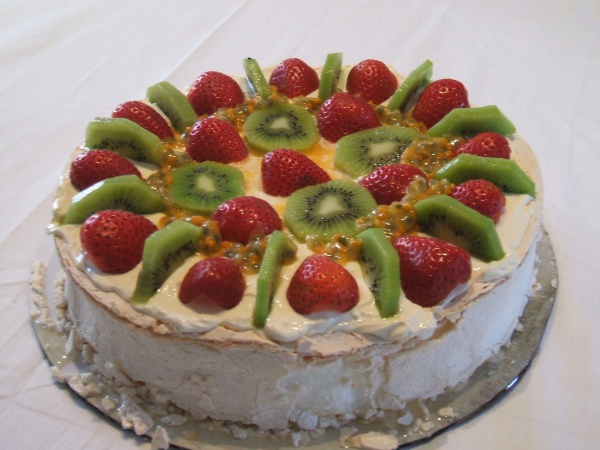Facts About Pavlova
Pavlova is a delightful meringue-based dessert named after the renowned Russian ballerina, Anna Pavlova. It features a crisp crust and a soft, airy interior, typically garnished with fresh fruit and whipped cream. Both Australia and New Zealand claim this delectable creation as their own, making it a staple in the national cuisine of both countries. It is particularly popular during celebrations and festive occasions.
The history of pavlova dates back to the early 20th century, though its exact origin remains a subject of friendly debate. The dessert is prepared by beating egg whites with sugar until stiff peaks form, then gently folding in vinegar or another acid, cornstarch, and occasionally a touch of vanilla essence. This mixture is then slow-baked to achieve a perfect balance of a crisp exterior and a soft center. Due to its delicate nature, pavlova must be handled with care to prevent it from collapsing.
Traditionally, pavlova is adorned with a generous layer of whipped cream and an assortment of fresh fruits such as kiwifruit and strawberries. While it is best enjoyed fresh, any leftovers can be stored in the refrigerator, though they may lose some of their crispness over time.
In the southern hemisphere, pavlova is especially popular during Christmas, which falls in the summer months. The dessert has even gained cultural significance, with events like record-breaking attempts to create the world's largest pavlova. Despite the ongoing debate over its origins, pavlova remains a cherished treat enjoyed by many around the world.
